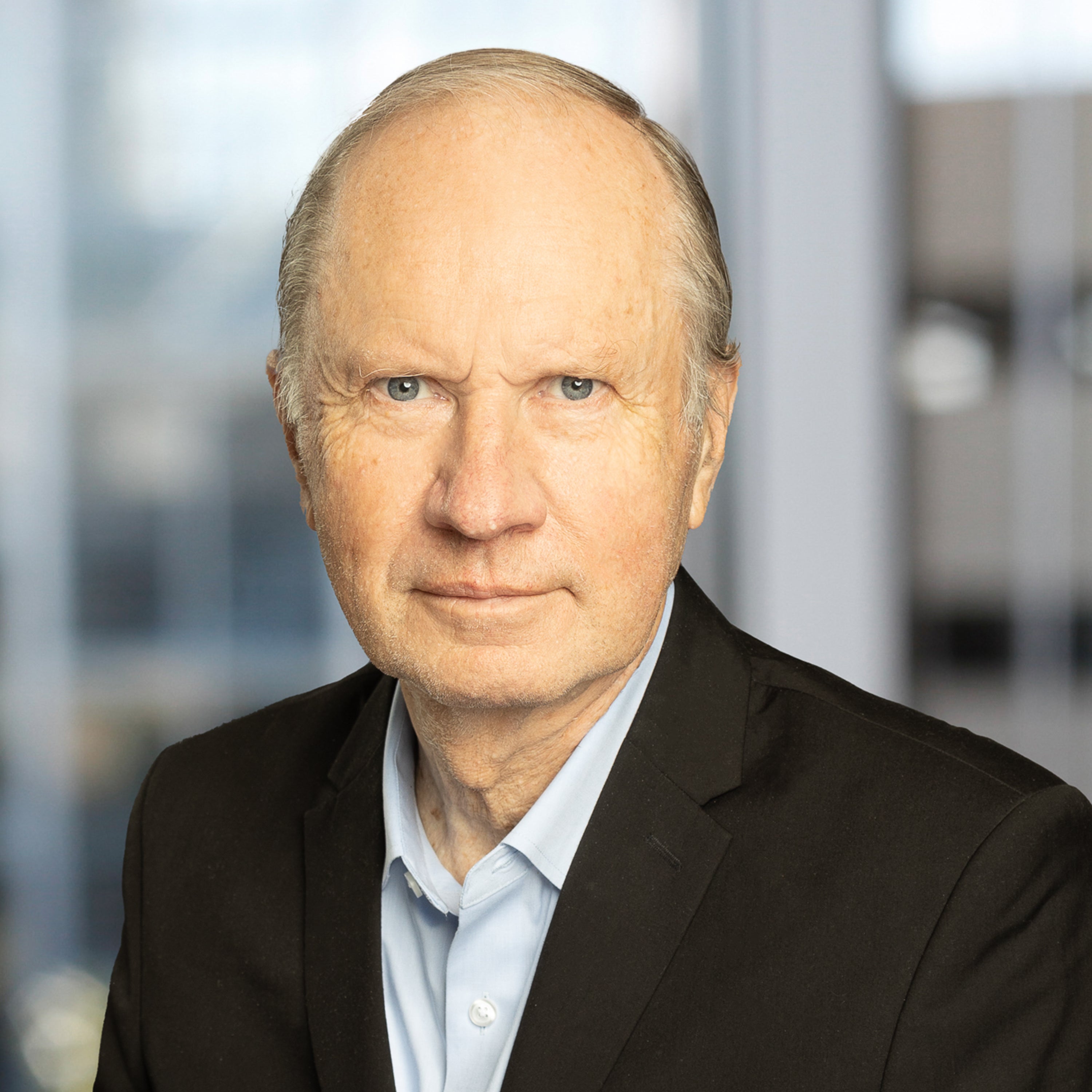Bjorn Engquist
- Professor
- Mathematics
CAM Chair I (Holder)
Principal Faculty, Oden Institute

Contact Information
Biography
Björn Engquist is a professor in the Department of Mathematics, holding the Computational and Applied Mathematics Chair I. He earned his Ph.D. in numerical analysis from Uppsala University in 1975. Throughout his career, Engquist has held significant academic positions, including professorships at the University of California, Los Angeles (UCLA), and Princeton University, where he served as the Michael Henry Stater University Professor of Mathematics and Applied and Computational Mathematics. He was also the director of the Research Institute for Industrial Applications of Scientific Computing and the Centre for Parallel Computers at the Royal Institute of Technology in Stockholm. In 2004, Engquist joined The University of Texas at Austin, where he also serves as the director of the Center for Numerical Analysis at the Oden Institute.
Engquist's research focuses on the development, analysis, and application of numerical methods for differential equations. His earlier work includes the development of absorbing boundary conditions, homogenization theory, and nonlinear high-resolution schemes for compressible fluid dynamics. More recently, he has been working on computational multiscale methods and fast numerical algorithms for wave propagation, with applications in seismology.
Throughout his career, Engquist has received numerous honors and awards. He is a member of the American Academy of Arts and Sciences, the Royal Swedish Academy of Sciences, the Royal Swedish Academy of Engineering Sciences, and the Norwegian Academy of Science and Letters. He was awarded the first SIAM James H. Wilkinson Prize in Numerical Analysis and Scientific Computing in 1982, the Peter Henrici Prize in 2011, and the George David Birkhoff Prize in 2012.
Research
Engquist's research focuses on the development, analysis, and application of numerical methods for differential equations. His earlier work includes the development of absorbing boundary conditions, homogenization theory, and nonlinear high-resolution schemes for compressible fluid dynamics. More recently, he has been working on computational multiscale methods and fast numerical algorithms for wave propagation, with applications in seismology.
Research Areas
- Mathematics
- AI for Health or Computational Science
Fields of Interest
- Applied and Computational Mathematics
Education
- Ph.D, Uppsala University, Sweden (1969)
